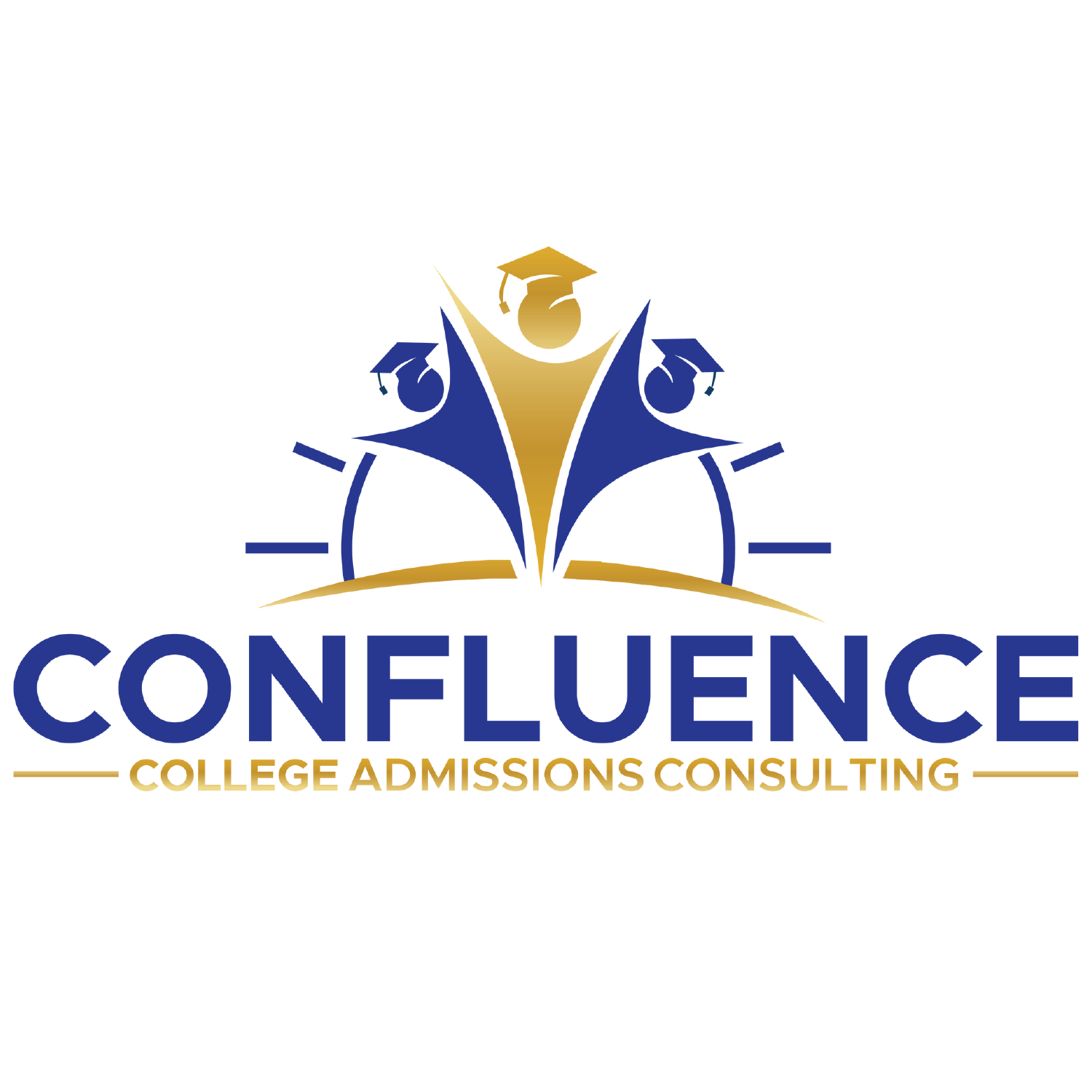How do I find scholarships?
A great way to bring down the cost of a college education is to supplement your family college fund, financial aid package, and/or student loans with scholarships. Scholarships (sometimes called grants) are free money—so you never have to pay them back! How do you get scholarship money to help pay for your college education? Well, there are several ways:
First, there’s need-based financial aid. This is an amount of money that a college or university might give once you’ve filled out your FAFSA and/or CSS forms to determine your EFC (estimated family contribution). Some colleges will then award scholarships in the amount of the gap between your EFC and the college’s tuition sticker price, or some amount in between. A number of the nation’s top colleges—most of the Ivy League schools, plus Bowdoin, Colby, Washington and Lee, Davidson, Vanderbilt, and a smattering of others—meet 100% of a student’s financial need as determined by FAFSA.
If you don’t qualify for significant financial aid, another pathway to an affordable college education is merit-based aid. See my post on merit-based aid for advice on how to find schools that are generous with this type of financial support.
Scholarships are another way. There are lots of different kinds of scholarships out there, so let’s review a few of these:
Drawings. I’m thinking, for example, of those offered by College Board. You fill out your name and information, use their system for planning for college, and you may be selected at random for a scholarship of $500 to $40,000. It’s a bit like winning the lottery, but it’s free to apply and a nice-sized chunk of money that you don’t have to work very hard for.
National and regional scholarships. These are usually given to students with particular strength in, and aptitude for, a particular interest, academic subject area, or career path. Often the application involves either a short essay or a letter of recommendation, or both. Two resources I like for finding these are the Ultimate Scholarship Book, which has a new edition each year, and Going Merry, a free online database of scholarship resources that has a student-friendly user interface.
Local scholarships. Talk with your local college or guidance counselor about these. Local businesses, nonprofit organizations, faith-based groups, and athletic clubs often award scholarships. These scholarships can be small ($250 to $2000), but they add up (five $500 scholarships is $2500). Depending on the scholarship, you may find there is less competition for these than there is for one you find through an Internet database.
High school and college students. Some scholarships are designated specifically for high school students, while others are earmarked for students already in college. It is worth returning to your scholarship databases each year to see what you are eligible for. $500 here, $1000 there can add up to some great savings for you and your family. Deadlines can be anytime, but January and February are common months for these to be due.
If you know of a great scholarship opportunity, especially for students in the greater Gallatin Valley region, I’d love to know about it! And if you’d like to work one-on-one with an admissions counselor to find scholarships for yourself or your student, schedule a free consultation with me today!
